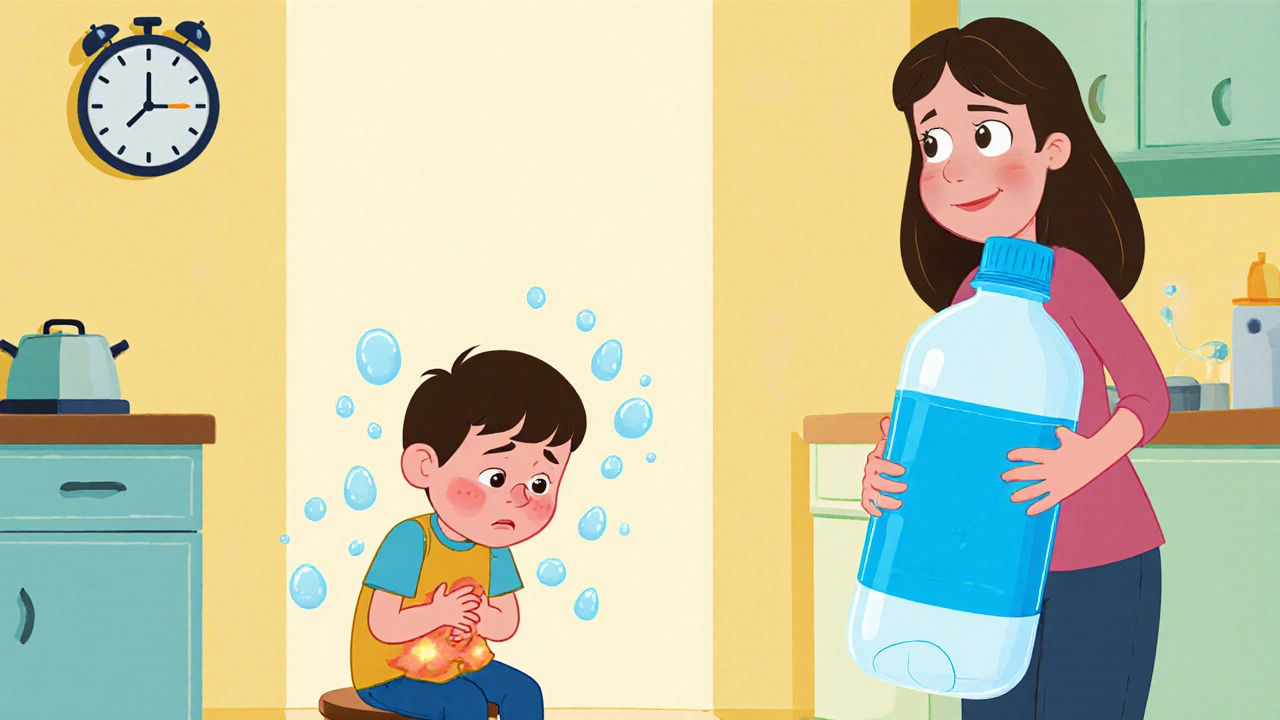Oral Rehydration: What It Is, Why It Matters, and How It Saves Lives
When your body loses too much fluid—whether from diarrhea, vomiting, sweat, or fever—oral rehydration, a treatment that replaces lost fluids and electrolytes by mouth. Also known as oral rehydration therapy, it’s one of the most effective, low-cost medical interventions ever developed. It doesn’t need a needle, a hospital, or a prescription. Just clean water, salt, and sugar. And yet, millions still don’t use it when they should.
Oral rehydration works because your gut can still absorb fluids even when you’re sick. The magic isn’t in the water alone—it’s in the balance of electrolytes, minerals like sodium, potassium, and chloride that your body needs to function. Too much water without these? You risk making things worse. Too little? You stay dehydrated. The right mix, delivered in the right way, tells your body: it’s safe to reabsorb. That’s why oral rehydration solution, a scientifically formulated blend of salts and glucose is better than juice, soda, or plain water. It’s not a home remedy—it’s medicine backed by decades of global health data.
It’s not just for kids with stomach bugs. Older adults, athletes in hot weather, people with chronic illnesses, and even travelers with food poisoning all benefit. You don’t need to be hospitalized to use it. You don’t need to wait for a doctor. You just need to know how to recognize the signs: dry mouth, less urine, dizziness, or a child who won’t drink. And you need to know that mixing your own solution isn’t always safe—too much salt can be dangerous. That’s why pre-packaged packets or ready-made solutions are the smart choice.
What you’ll find in the posts below isn’t just theory. It’s real-world guidance on how oral rehydration fits into broader health situations—from managing side effects of medications that cause dehydration, to understanding how infections like amoebas or cholera trigger fluid loss, and why some treatments work better than others. You’ll see how it connects to drug interactions, chronic conditions, and even climate-driven health risks. This isn’t just about drinking water. It’s about knowing when, how, and why your body needs more than that to recover.

